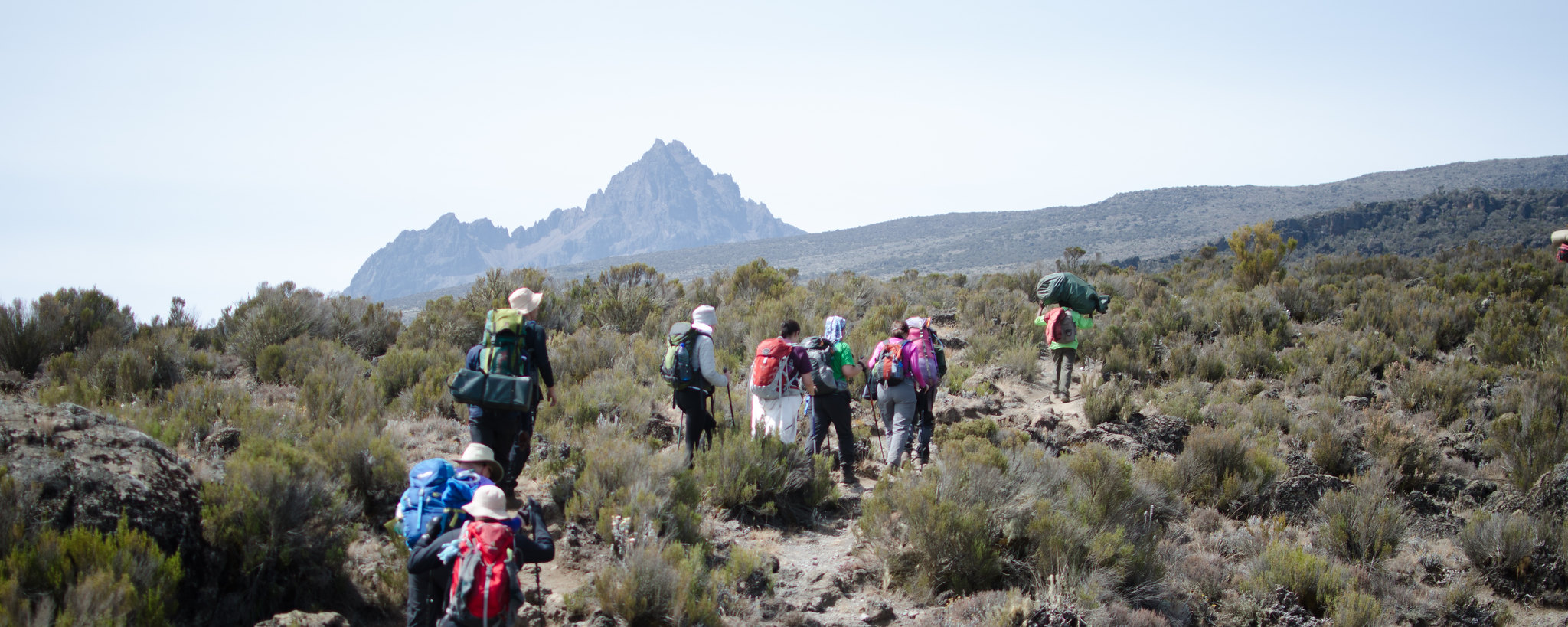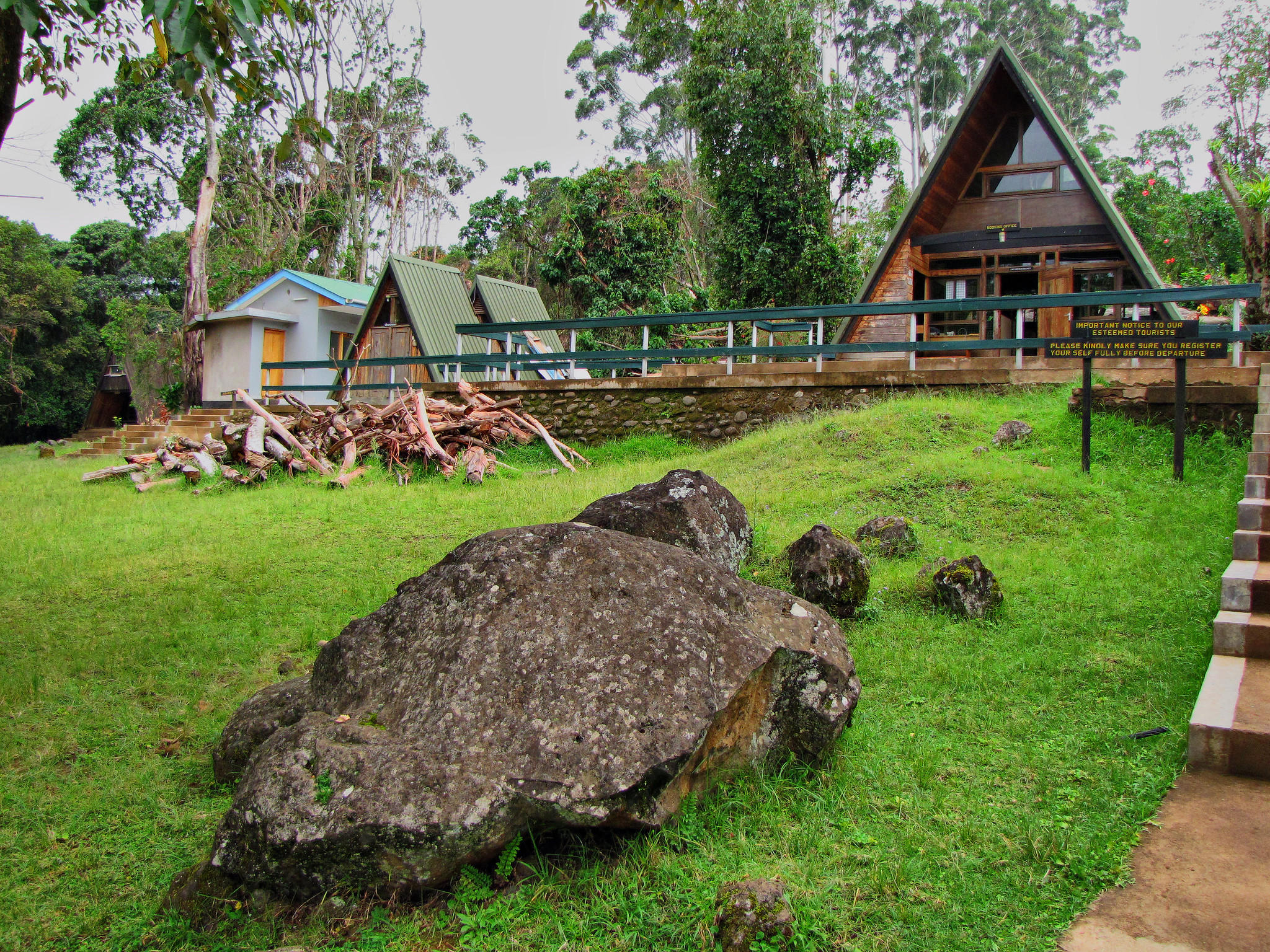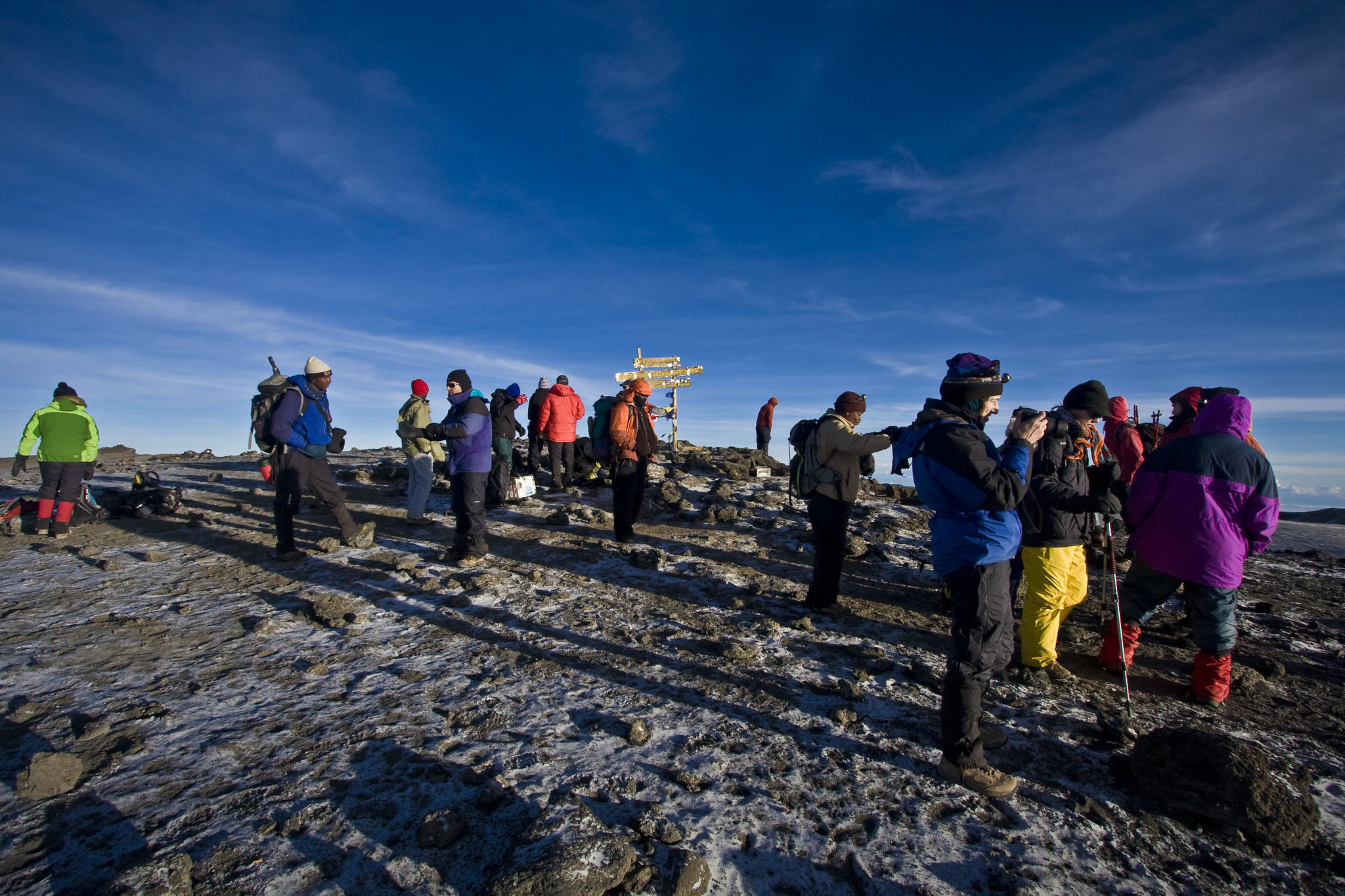Rubondo Island National Park
The largest island national park in Africa, Rubondo offers a truly off-the-beaten-track, Jurassic Park experience
Rubondo Island National Park, alluring for its tranquillity and sublime lakeshore scenery, is one of Tanzania’s best-kept secrets and there may be days when you’re the only guests on the 240-sq-km island. Birdwatching, particularly for shore birds (there are many migrants in November and December), brings the most visitors, but walking safaris (half-day walks US$11.80 per group), bush camping (adult/child US$59/6) and sport fishing (per day US$59) can also be rewarding.
Rubondo Island Camp offers wildlife drives, but only for its guests. Elephants, giraffes, black and white colobus, and chimpanzees were long ago introduced alongside the island’s native hippo, bushbuck and sitatunga, an amphibious antelope that hides among the marshes and reeds along the shoreline (Rubondo is probably the best place in Tanzania to see it).
Rubondo’s chimps are not yet habituated, but at the time of research experts were still working on the long process of getting them used to human company. This could take up to four or five years but sightings will probably increase as the chimps lose their fear of us. In the meantime
fascinating chimp-tracking walks can take you in search of their presence.
Though the beaches look inviting, there are enough crocodiles and hippos for swimming to be prohibited.
Rubondo Island lies in the southern part of Lake Victoria (the second-largest lake in Africa, after Lake Tanganyika). The island is 26km in length, and varies in width from 3km to 10km. The grassy Masa hills in the southern part of the island form a high point of 1,486m above sea level.
Heed any cautions the rangers give, as attacks do occur.
A visit to Rubondo Island National Park offers visitors a break from
game viewing in the tranquil peace of a lake shore setting. Exploring
the islands within the park creates an excitement for day trips. Fishing
expeditions into Lake Victoria are easily arranged through the major
lodges. Rubondo Island National Park is a relaxation from the rigorous
safari circuit and a relaxing place from which to explore Lake Victoria.
The park spans the main Rubondo island and 11 smaller islands covering 457 square metres. The main island is 26 kilometres long and 80% of its surface is covered by pristine, untouched forest, fringed with soft sandy beaches. There are no villages here, so the only inhabitants are park rangers, researchers, and the staff and guests of Rubondo Island Camp.
Wildlife highlights here include chimpanzee (these are in the process of being habituated by researchers, so sightings are rare and not guaranteed), various species of monkey, the rare sitatunga antelope (which hide in the papyrus swamp), elephant, giraffe and more than 200 bird species, including the largest known population of fish eagles in Africa. The water surrounding the island is rich with fish including tilapia and the Nile perch. Visitors can expect a truly remote, unique and wild destination — perfect for travellers with a real sense of adventure who are looking for their own slice of paradise.
Park attractions
– A variety of water birds , Eurasian migrants and introduced African grey parrots
– High density of African fish eagles distinctly seen
– Animal species including Sitatunga, Elephants, Giraffes, Hippos,
Bushbucks, Pythons, Crocodiles, Chimpanzees (not fully habituated), Bush
pigs and Suni
– The Lake Victoria forming a spectacular sight for visitors with the
deepest point in the lake (Irumo) forming part of the park
– Magnificent view of one of the last remaining representatives of
evergreen dense primary lowland Congolese forest with a unique habitat
mosaic in the midst of high biodiversity value
– Beautiful and attracting beaches such as Fly catcher, Mchangani and Michicoco
– Important gulfs of Irumo and Kamea
– Clear sighting of both sun rise and sun set
– Cultural sites such as “Ntungamirwe”, “Maji Matakatifu”, “Altare”
and “Solo” which explain the life of natives who once stayed in the park
– “Birds Islands”, breeding sit for water birds
– Crocodile Island



